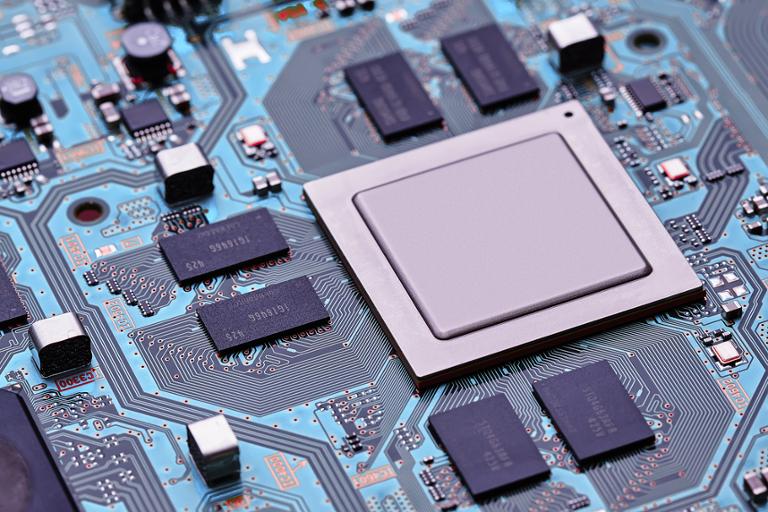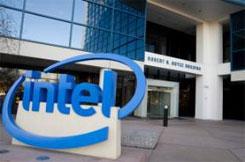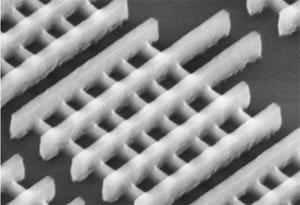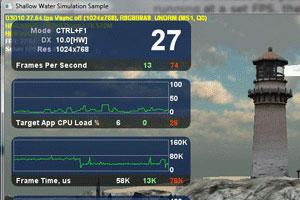- VLSI (very-large-scale integration) design
- CPU and SOC physical design
- CMOS (complementary metal-oxide semiconductor) design
- SRAM (static RAM) design
- Knowledge of low-power design
- Knowledge of computer architecture
Intel's Latest Pivot Shows It's a Mobile World
Intel announced plans this week to cut 12,000 jobs, or roughly 11 percent of its workforce, in response to weakened demand for PCs. The layoffs represent part of Intel’s larger plan to pivot toward manufacturing chips for datacenters and Internet of Things (IoT) hardware. For years, the semiconductor manufacturer profited from a seemingly endless hunger for personal-computer chips. But the PC no longer dominates the tech world. Research firm Gartner estimated that PC shipments fell 9.6 percent in the first quarter of 2016, to 64.8 million units. That’s the lowest total in a decade. Another researcher, IDC, believes the PC market dove 11.5 percent to 60.6 million units during the same period. "In the short term, the PC market must still grapple with limited consumer interest and competition from other infrastructure upgrades in the commercial market," Jay Chou, a research manager at IDC, wrote in a statement accompanying that data. "Nevertheless, IDC still projects total business IT spending to grow compared to 2015, and as we head toward the end of 2016 things should start picking up in terms of Windows 10 pilots turning into actual PC purchases." Even if PC sales stabilize, smartphones and other mobile hardware (including tablets that can double as workstations, thanks to detachable keyboards) have become the primary devices for many consumers, as well as a rising number of businesses. Intel faces competition in the mobile arena not only from silicon-building firms such as Qualcomm that have poured considerable resources into mobile-chip design, but also Apple, which designs its chips in-house. The crowdedness of the mobile market explains Intel's decision to move more aggressively into datacenters that power the world's cloud-computing backbone. Despite Intel’s most recent round of layoffs, the need for tech pros skilled in processor creation will likely remain steady for many years to come. Those who work at a high level in chip design often have the following skills:



